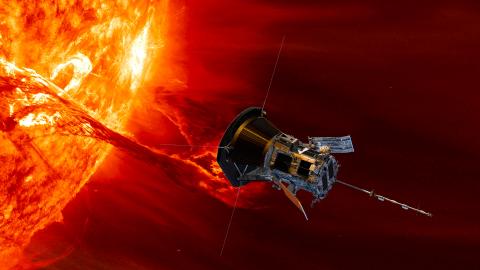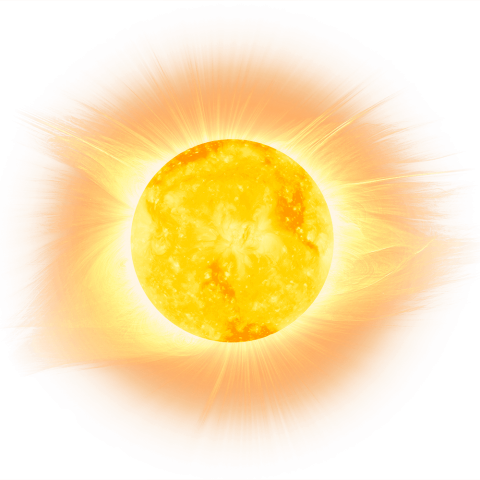About the Instrument
Instrument type
Particle
APL’s Energetic Particle Instrument-Low energy (EPI-Lo) is one of two detectors in the Integrated Science Investigation of the Sun (ISOIS) suite on NASA’s Parker Solar Probe. It’s the newest and most versatile of a series of similar APL instruments that date back to the 1980s, including EPS on MESSENGER, PEPSSI on New Horizons and JEDI on Juno. EPI-Lo’s octagonal body supports 80 dime-sized viewfinders, providing a wide field of view to observe energetic particles from the Sun. It details the various energies, directions and species of electrons and ions — from protons to iron nuclei — to help determine the origin, acceleration mechanisms and means of propagation of these particles into and throughout interplanetary space.

EPI-Lo, in combination with its suite partner called the Energetic Particle Instrument-High Energy (EPI-Hi), helped make the major discovery during Parker Solar Probe’s first two flybys of the Sun that events that produce energetic particles can be tiny — far smaller than can be viewed from Earth.




